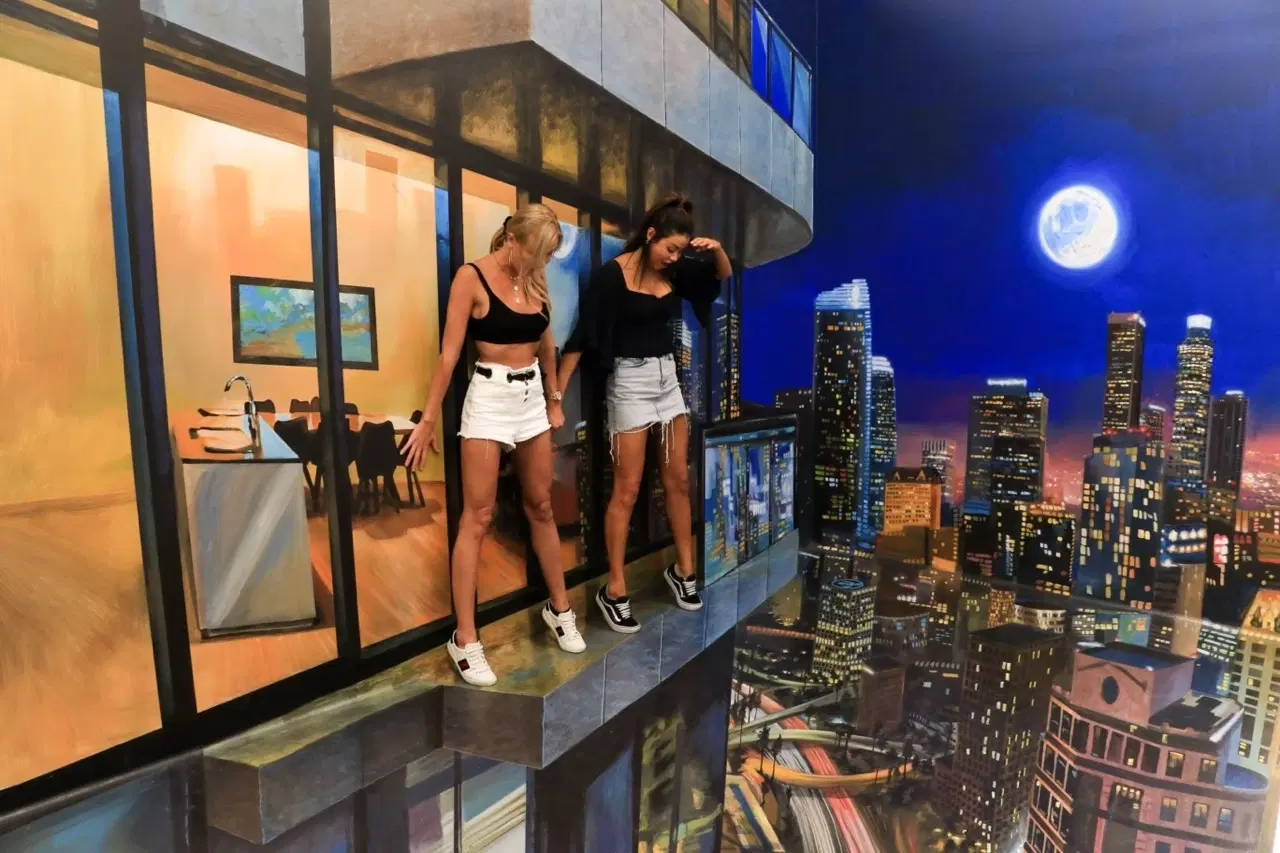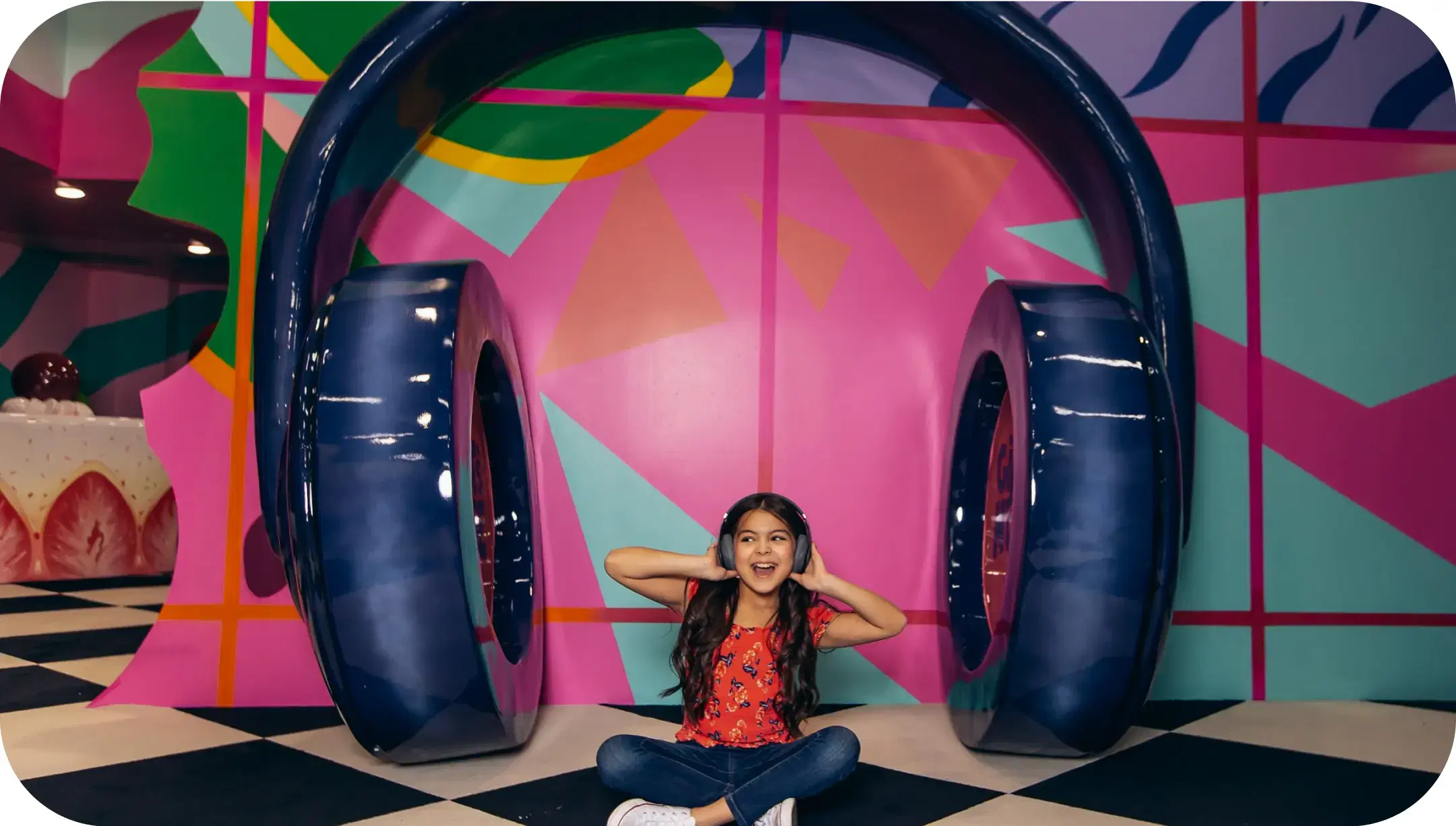The Hollywood Sign stands as one of the most recognizable man-made landmarks in the world. Located on Mount Lee in the Hollywood Hills area of the Santa Monica Mountains, it overlooks the city of Los Angeles, serving as a beacon for dreamers and visitors alike. This iconic sign, consisting of large white letters spelling out “Hollywood,” has become synonymous with the glamour and allure of the entertainment industry.
What makes the Hollywood Sign truly great is not just its towering presence but also its enduring symbolism. It represents ambition, creativity, and the pursuit of success that Hollywood itself embodies. For millions of people around the world, the sign is a symbol of the magic of movies and the rich history of the film industry. Whether viewed from afar or up close, the Hollywood Sign continues to inspire awe and wonder.
Visitors to Los Angeles often seek out the best vantage points to capture a glimpse of the sign. Popular spots include Griffith Observatory, Lake Hollywood Park, and various hiking trails that lead closer to the sign. While access to the sign itself is restricted to protect it, the surrounding areas offer ample opportunities for photos and exploration, making it a must-see destination for tourists.
Origins and Early History
The Sign’s history begins in 1923 when it was erected as an advertisement for a real estate development called “Hollywoodland.” The sign originally read “Hollywoodland,” promoting the new housing development in the hills above the Hollywood district of Los Angeles. Each letter stood 50 feet tall, illuminated by 4,000 light bulbs, making it a dazzling sight against the California skyline.
Initially, the sign was intended to be a temporary fixture, meant to last only a year and a half. However, as the Hollywood film industry grew and the sign gained popularity, it became a lasting part of the landscape. Despite its initial commercial purpose, the sign quickly became a cultural icon, representing the burgeoning entertainment industry that was putting Hollywood on the map.
Throughout its early history, the Hollywood Sign faced numerous challenges, including damage from the elements and neglect. By the 1940s, the it had fallen into disrepair, with some letters damaged or completely missing. Efforts to restore and maintain it began to take shape, recognizing its significance not just as an advertisement but as a symbol of Hollywood itself.
Transformation and Restoration
The transformation of the Sign from “Hollywoodland” to simply “Hollywood” marked a significant shift in its identity. In 1949, the Hollywood Chamber of Commerce decided to remove the “land” portion, reflecting the broader significance of Hollywood as the epicenter of the entertainment industry rather than just a residential area. This change solidified the sign’s role in history as a symbol of the global influence of Hollywood.
Restoration efforts have played a crucial role in preserving the Hollywood Sign over the decades. In the 1970s, a major restoration project was launched, spearheaded by celebrities and public figures who recognized the sign’s cultural importance. The original sign was replaced with a more durable structure, with the letters rebuilt using steel and concrete. This restoration ensured that the sign would continue to stand tall for future generations.
Notable contributions to the preservation effort came from various donors, including famous names like Hugh Hefner and Alice Cooper. Their efforts, along with those of countless others, helped secure the sign’s place as a beloved landmark. Today, the Hollywood Sign remains a testament to the dedication of those who understood its significance and worked tirelessly to protect it.
Cultural Impact and Legacy
The cultural impact of the Hollywood Sign extends far beyond its physical presence. It has become an enduring symbol of the entertainment industry, appearing in countless films, television shows, and photographs. From its early days in black-and-white cinema to its prominence in modern media, the sign has been a constant fixture in Hollywood’s history, representing the dreams and aspirations of countless artists and performers.
One of the most notable appearances was in the 1950 film “Sunset Boulevard,” where it served as a backdrop for the story of faded Hollywood glamour. Over the years, the sign has featured in numerous other films and TV shows, further cementing its status as a cultural icon. Its image is instantly recognizable, evoking thoughts of Hollywood’s storied past and vibrant present.
The legacy of the Hollywood Sign is also reflected in the countless tourists who visit Los Angeles each year, eager to see the landmark in person. It has become a pilgrimage site for fans of the film industry, a place where they can connect with the history of Hollywood. The sign’s enduring appeal lies in its ability to evoke a sense of wonder and nostalgia, reminding visitors of the magic of movies and the history of an industry that has captivated the world.
Visitor Experience: Exploring the Hollywood Sign
For those looking to experience the Hollywood Sign up close, there are several popular hiking trails that offer stunning views. The Brush Canyon Trail, the Mount Hollywood Trail, and the Cahuenga Peak Trail are among the most frequented by visitors. These trails provide not only great views of the sign but also panoramic vistas of Los Angeles, making the hike a rewarding experience.
Safety is paramount when visiting the area. Visitors should stay on marked trails, respect signage, and avoid venturing too close to the sign itself, as it is fenced off to prevent vandalism and ensure its preservation. Proper footwear, water, and sun protection are essential for a safe and enjoyable hike. The area is patrolled to maintain safety and order, so adhering to guidelines is crucial.
In addition to the sign, the surrounding areas offer a wealth of attractions and amenities. Griffith Park, home to the Griffith Observatory and the Los Angeles Zoo, provides ample opportunities for recreation and exploration. The Hollywood Walk of Fame, located nearby, allows visitors to delve deeper into the history of Hollywood and its many stars. Together, these attractions create a comprehensive Hollywood experience for visitors.
World of Illusions: A Magical Experience in Los Angeles
Just a short drive from the Hollywood Sign, the World of Illusions offers another captivating experience for visitors to Los Angeles. This unique attraction features four distinct exhibits that delight and amaze guests of all ages. The Museum of Illusions, with its 3D illusions and paintings, offers a mind-bending journey through art and perception, making it a perfect complement to the wonder inspired by the Hollywood Sign.
The Upside Down House, another exhibit within the World of Illusions, consists of seven rooms that are entirely flipped, providing a playful and disorienting experience. This exhibit captures the whimsical spirit of Hollywood, where the extraordinary becomes ordinary, and everyday objects take on a new and fascinating dimension. It’s a fun and interactive experience that resonates with the creativity and imagination associated with Hollywood.
The Giant’s House and Smash It! exhibits add further layers of excitement to the World of Illusions. In the Giant’s House, visitors find themselves surrounded by oversized everyday objects, making them feel like they’ve stepped into a world of giants. Smash It! offers a therapeutic outlet for frustrations, allowing visitors to write on plates and smash them against walls. Together, these exhibits create a multifaceted experience that complements the magical allure of the Hollywood Sign and the rich history of entertainment in Los Angeles.
FAQs
What is the Hollywood Sign?
The Hollywood Sign is an iconic landmark located in the Hollywood Hills of Los Angeles. It originally read “Hollywoodland” and was created in 1923.
Can visitors hike to the Hollywood Sign?
Yes, Runyon Canyon Park is very dog-friendly. There are designated off-leash areas where dogs can roam freely. The park provides water stations and shaded spots to ensure pets stay comfortable while enjoying the outdoor experience.
How close is Runyon Canyon Park to the World of Illusions?
The sign has a rich history, beginning as an advertisement for a real estate development and evolving into a symbol of the entertainment industry. It has undergone several restorations to maintain its iconic status.







